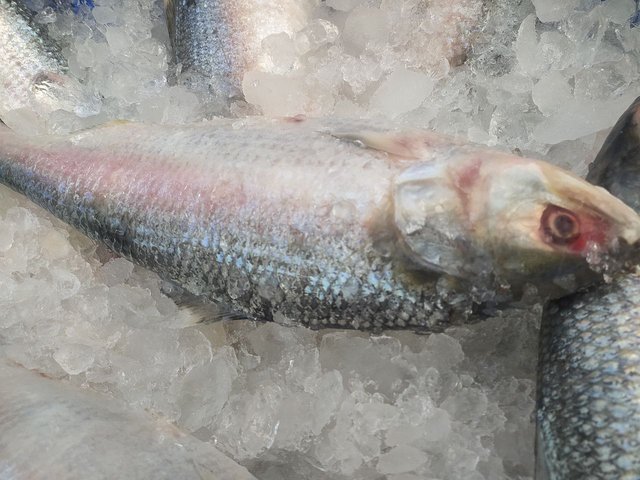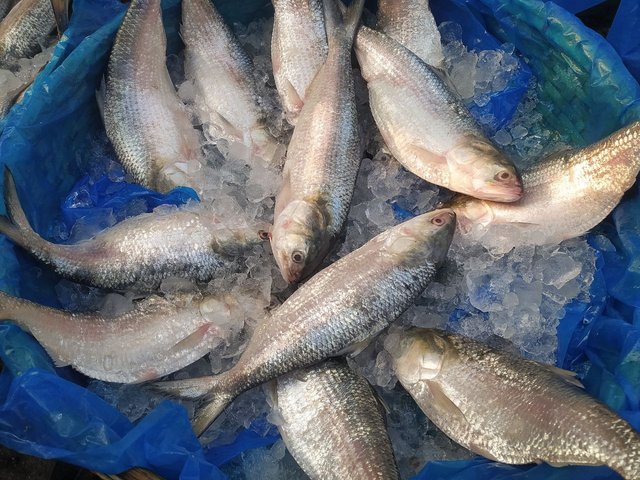The Hilsa Paradox: Abundance in Rivers, Scarcity on the Table
Hello dear friends,
I hope you all are doing well and spending a beautiful life with your loved ones. I wish you all happiness and peace.
When we think of Bangladesh, we think of Hilsa the pride of Bengal and a symbol of joy for its people. Yet, this joy has now turned into a luxury for many. The price of Hilsa in local markets has skyrocketed, leaving people in disbelief.
Just yesterday, I went to my neighborhood fish market, expecting to buy some fresh Hilsa since it’s the peak season. The rivers and seas are said to be teeming with fish. But the moment I heard the price, my appetite vanished. Medium-sized Hilsa was being sold for 2,000 taka per kilogram, and the larger ones for 3,000 taka! Only a few months ago, the same fish cost around 1,200 to 1,300 taka per kg.
Hilsa is not a farmed fish; it’s entirely naturally bred in rivers, estuaries, and the sea. Yet its price has become unreachable for ordinary people. About 60–70% of Bangladeshis can no longer afford large Hilsa and have to settle for small juvenile Hilsa, or jatka, at around 800–1,000 taka per kg.
Hilsa Production in Bangladesh
Bangladesh is now the largest Hilsa-producing country in the world.
On average, the country produces around 570,000 metric tons of Hilsa each year.
About 85% of the total catch comes from rivers and estuaries, while the rest is from the sea.
The main Hilsa-producing regions are:
The Padma River
The Meghna River
The Tentulia and Payra estuaries
The coastal belt of the Bay of Bengal
Hilsa Export Destinations
Bangladesh not only consumes Hilsa domestically but also exports it to meet global demand.
Major importing countries include:
India
Saudi Arabia
United Arab Emirates (UAE)
Kuwait
Qatar
Oman
United Kingdom (UK)
Malaysia, among others.
The export of Hilsa brings in significant revenue roughly 2 to 2.5 billion taka every year.
Why Is Hilsa So Expensive?
There are several reasons behind the soaring prices of Hilsa in Bangladesh:
- High demand, limited supply: During the season, everyone wants to buy Hilsa, but the overall supply cannot keep up.
- Middlemen exploitation: Traders and wholesalers buy cheaply from fishermen and sell at inflated prices in urban markets.
- Export pressure: A portion of the catch goes abroad, reducing domestic availability.
- Rising fishing costs: Fuel, ice, and transport expenses have increased sharply in recent years.
- Profit-driven market manipulation: Some traders intentionally raise prices to maximize profits, taking advantage of Hilsa’s popularity.
Hilsa — Our Pride, But for Whom?
It’s heartbreaking that a country famous for Hilsa can no longer afford to enjoy it.
A fish that once graced every home during festivals or Eid has now become a luxury for the rich.
Hilsa is not just a fish; it’s a part of Bangladesh’s culture, economy, and identity. To preserve this pride, we must ensure sustainable fishing, fair prices for fishermen, and effective market regulation.
Otherwise, the day may come when we read in history books —
“Hilsa — once the national fish of Bangladesh.”
Thanks all
| Device | Mobile |
|---|---|
| Model | Realme C- 53 |
| photographer | @joniprins |
| location | Narayanganj,Dhaka . |






